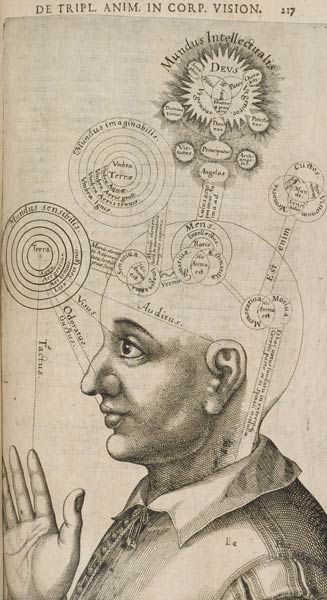UDL has an intensely personal dimension for me. I have a disabled adult daughter who lives with the double whammy of paraplegia and a cognitive/social disability. Let us consider wheelchair accessibility as an example of how the rigorous application of UD makes a difference. When Karen was 11, we lived in a small town in Kentucky that received a government grant to redo all of their sidewalks, which were in poor repair and utterly unusable for persons with mobility issues. The town was required by law to follow the ADA guidelines. But we soon noticed that even though they were installing cutaway curbs, they occasionally did not remember to install the cutaway. This meant about every 10 or so curbs the left a curb that was inaccessible. When we complained, the city administration replied—“At least we are 90% better than before; isn’t that good enough?” “But,” I argued, “it only takes ONE barrier to make an entire street completely inaccessible to someone who needs to go past the barrier.” They just didn’t get it.
The good thing about UDL as a principle is that we need to develop rigorous habits of planning and implementation that take accessibility into account. This is just basic human decency, but it is often forgotten when we don’t have personal knowledge of persons who struggle. I’ve heard many churches say, for example, “We don’t need a ramp for our church because we don’t have anyone here who uses a wheelchair.” Well, duh!
We may find we have a more interesting variety of students in our courses if we just ASSUME that accessible design and teaching are status quo for planning and implementation, and apply them rigorously.
That said, I will need help. Having standards in place that require me to practice accessible teaching F2F and online is a GREAT benefit.
On the large themes of the course, the work has opened my eyes to pedagogical issues that I should have noticed years ago. I now have a better idea of why things work or don’t work in my F2F courses. Some principles of pedagogy I’ve learned for online teaching will have an impact on all my teaching. I only wish I had taken this course 20 years ago!
I have truly enjoyed my interactions with fellow students.
I’ve grown. Regarding twitter, Plato now follows me (no kidding). And, I’ve become a follower of Pope Francis: https://twitter.com/Pontifex (what a guy!)
And just when I was thinking how odd and complex all of this modern brain science and learning theory seems to me, I remembered that teaching and learning have never been simple, really. Here, for example, is Roberto Fludd’s chart from the early 17th century that gives a diagram of how memory works:

“Memory” by Roberto Fludd
So, it’s never been easy.
My resistance to learning how to teach and learn online has come through in various posts. And I have referenced the Borg in the Star Trek: Next Generation: “Resistance is futile.” But here at the end of the course, I have a better metaphor. Learning these new things is more like giving up fuddy-duddy pretentions and coming to terms with kites. Here’s to Mr. Banks. https://www.youtube.com/watch?v=SzcBEY8ZxsU
Cheers,
Ed Phillips

2 comments
Hi Ed – Thanks for sharing such personal insights. Your metaphor with your daughter’s example hit the nail on the head. And, I was going to suggest that you follow the Pope when I saw Plato following you 🙂 You continue to be an inspiration as I struggle with this kind of change as well – Ann
Ed, I’m always grateful when someone raises the concern about accessibility. Thank you for doing so out of a lifetime of first-hand experience. It strikes me that (1) OER can provide more resources for those with varieties of disabilities in that so many are free and available to the public without copyright restrictions (one more barrier), however (2) the field is new and moving so quickly I wonder who is taking the lead on reminding contributing authors, videographers, photographers, etc., about a wide audience that includes those with disabilities. Often people are motivated by incentives, so it would be a creative challenge to identify what those incentives could look like. Best, David Jenkins